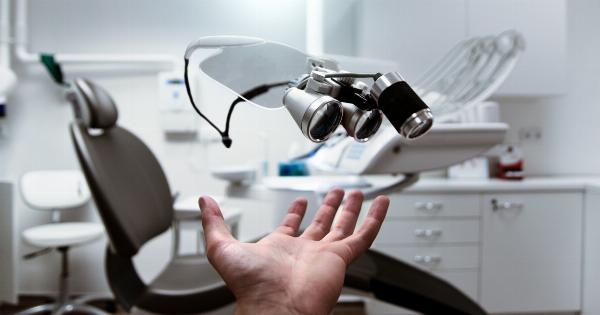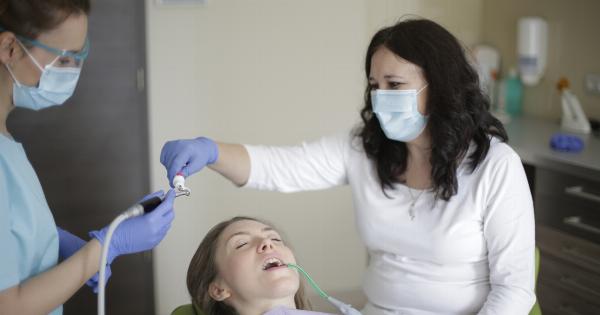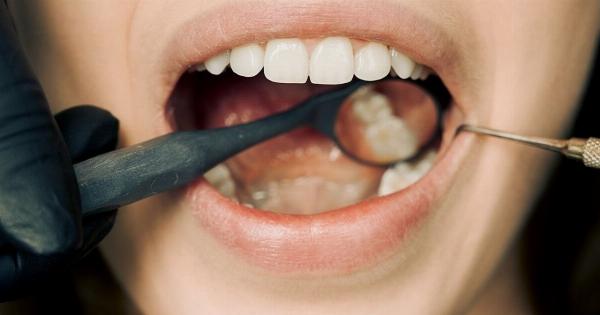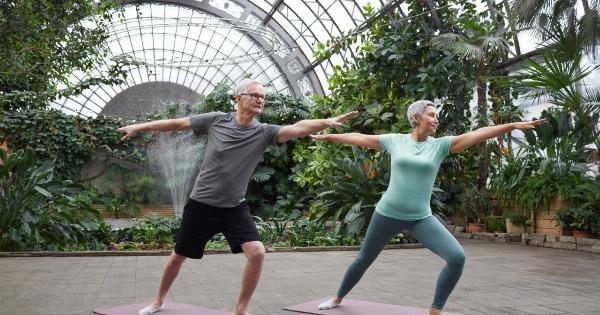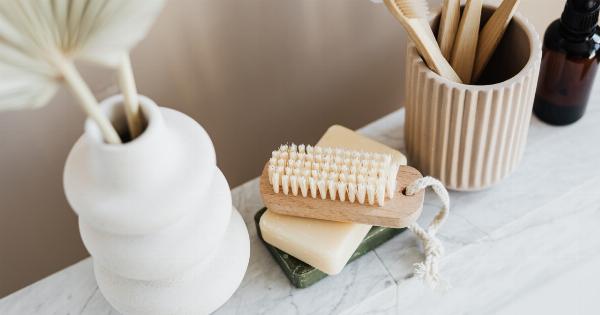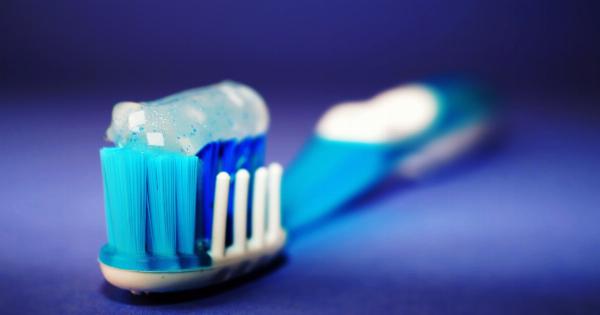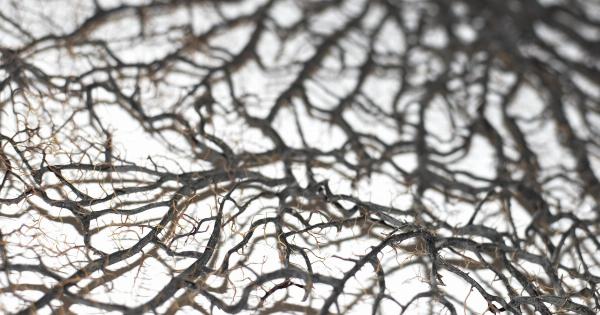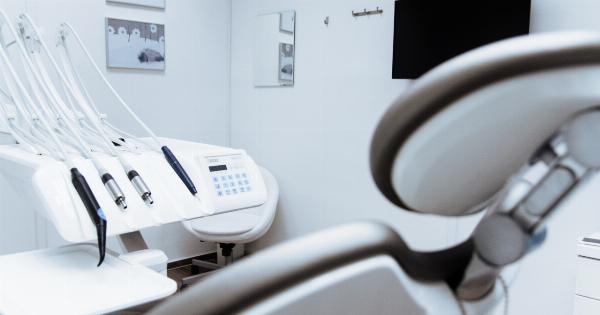Dental care is an essential aspect of maintaining overall health and hygiene.
While modern dentistry offers advanced treatments and techniques to address various oral health issues, it is intriguing to explore the dental practices followed by our ancestors. Our forefathers employed different methods and remedies to maintain their oral hygiene, offering a unique glimpse into the evolution of dental care over the years.
1. Ancient Toothbrushes and Toothpastes
Our ancestors used a range of materials to clean their teeth. In ancient civilizations, twigs and frayed ends of branches were utilized as rudimentary toothbrushes. Chewing on these ends would create a brush-like effect and help in removing plaque.
Additionally, natural substances like crushed eggshells, animal bones, and ashes were used as toothpaste. These substances acted as abrasives and helped in minimizing tooth decay and maintaining oral hygiene.
2. Preventive Techniques
Ancient civilizations recognized the importance of preventive dental practices. They emphasized a diet that consisted of fibrous fruits and vegetables, which helped in cleaning teeth naturally.
The regular consumption of raw and crunchy foods aided in preventing the accumulation of food particles and stimulated saliva production, which played a crucial role in oral hygiene.
3. Herbal Remedies
Herbal remedies were extensively used in ancient dental care. Plants like neem, myrrh, and sage were believed to possess natural antimicrobial properties.
Chewing on these herbs or making paste from them helped in fighting bacterial infections, reducing inflammation, and relieving toothaches.
4. Dental Extractions
In instances of severe tooth decay or unbearable pain, our ancestors resorted to dental extractions. This practice involved using basic tools like pliers or even bare hands to extract a problematic tooth.
Although painful and crude by modern standards, it was one of the limited options available for relieving dental pain.
5. Prosthetics and Dental Restorations
Despite the limited resources, dental prosthetics and restorations were prevalent in ancient times.
Remnants of ancient civilizations have shown evidence of dental bridges, dentures made from materials like animal teeth or bone, and even early forms of dental implants made from shells in regions like ancient Mexico.
6. Orthodontics and Teeth Alignment
Our ancestors recognized the importance of proper teeth alignment, not just for aesthetics but also for functional reasons. Ancient Egyptians used various techniques to straighten teeth, including metal wires and crude orthodontic devices.
Similarly, the Mayans used different materials to construct dental appliances to improve the alignment of teeth.
7. Traditional Chinese Medicine
Traditional Chinese Medicine (TCM) is an ancient system that emphasizes holistic wellbeing. In TCM, dental health is considered an integral part of overall health.
Techniques like acupuncture and herbal medicine were used to address dental issues and promote overall oral health.
8. Dental Care in Ancient India
Ancient Indian texts, such as Ayurveda and Charaka Samhita, mention detailed dental practices. Ayurveda, a traditional Indian medical system, emphasized oral hygiene practices like tongue scraping, oil pulling, and gargling with herbal decoctions.
9. The Influence of Greek and Roman Civilization
The dental practices of ancient Greek and Roman civilizations significantly influenced the development of dentistry.
Greek physicians like Hippocrates and philosophers like Aristotle made significant contributions to the understanding of oral health and dental diseases. Greek and Roman dental practitioners used various dental instruments for procedures like scaling, filling, and extraction.
10. The Transition to Modern Dentistry
The field of dentistry underwent a remarkable transformation during the 18th and 19th centuries. The introduction of anesthesia enabled painless dental procedures, and advancements in dental materials led to more durable and functional restorations.
The establishment of dental schools and professional organizations further propelled the field of dentistry towards modernization.
Conclusion
The dental practices followed by our ancestors provide a fascinating insight into the evolution of dental care. From rudimentary toothbrushes and toothpaste to ancient dental prosthetics and orthodontics, dentistry has come a long way.
Exploring our dental history not only highlights the progress made in oral healthcare but also emphasizes the importance of preserving our dental heritage while embracing modern techniques and advancements.
